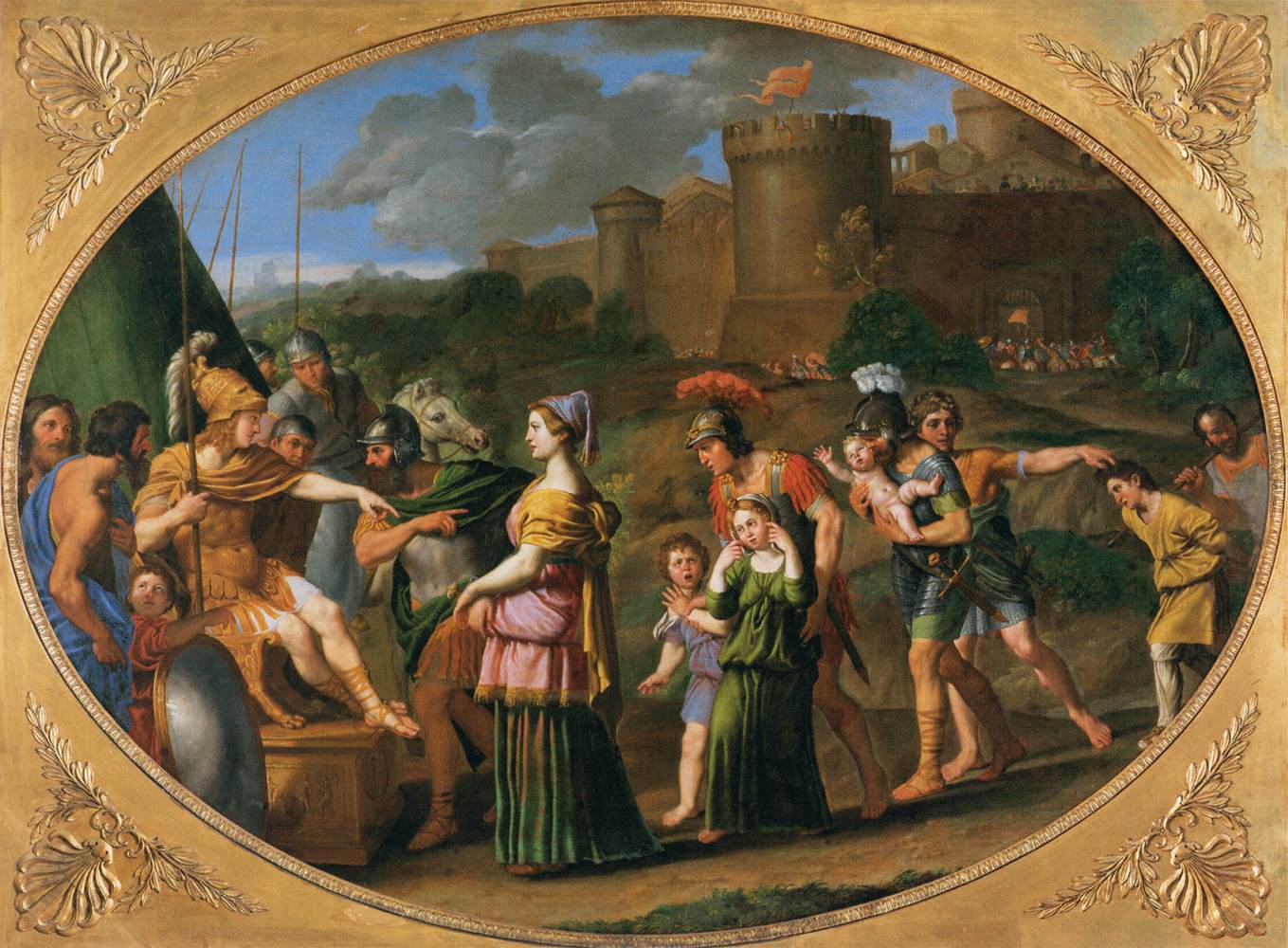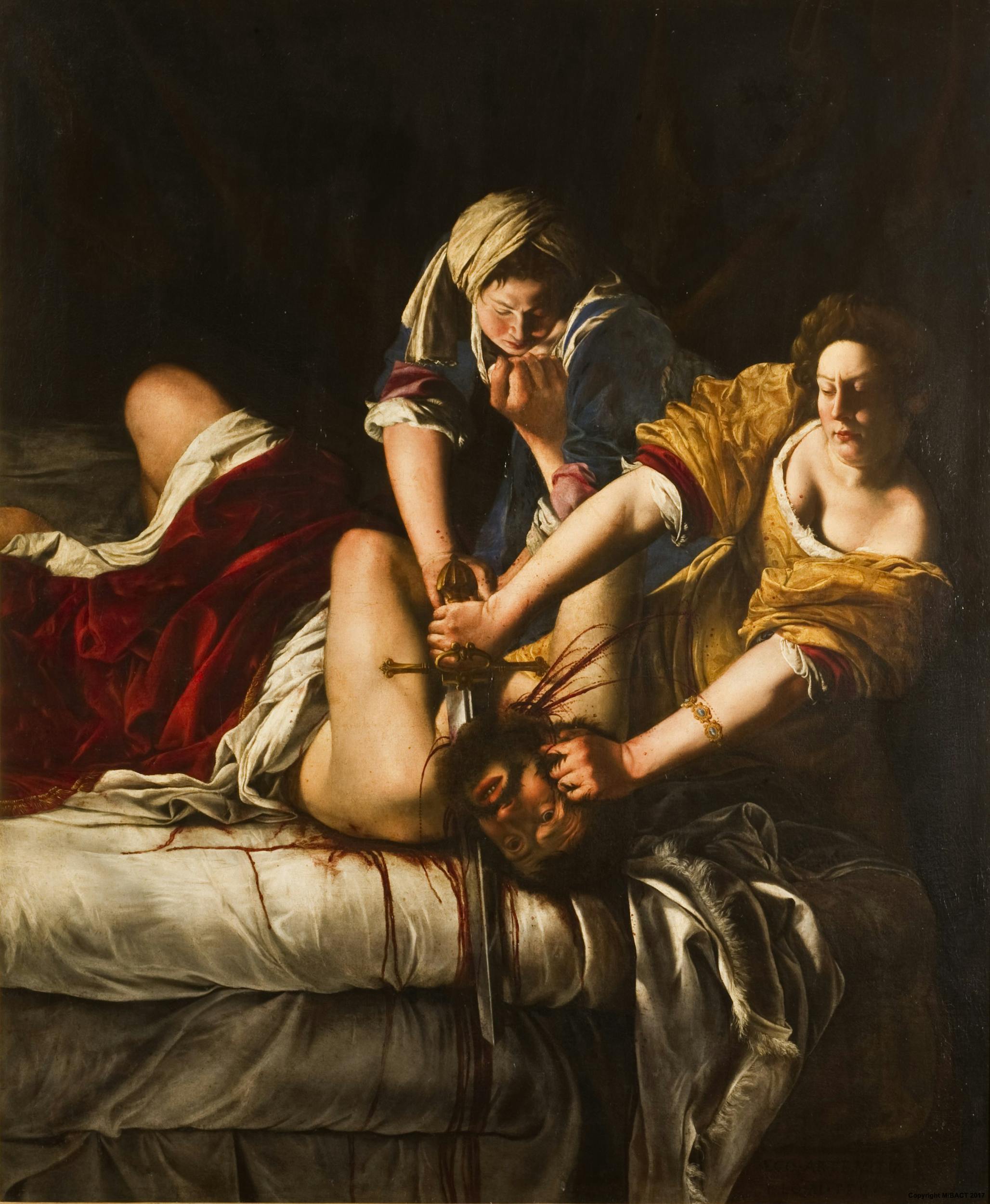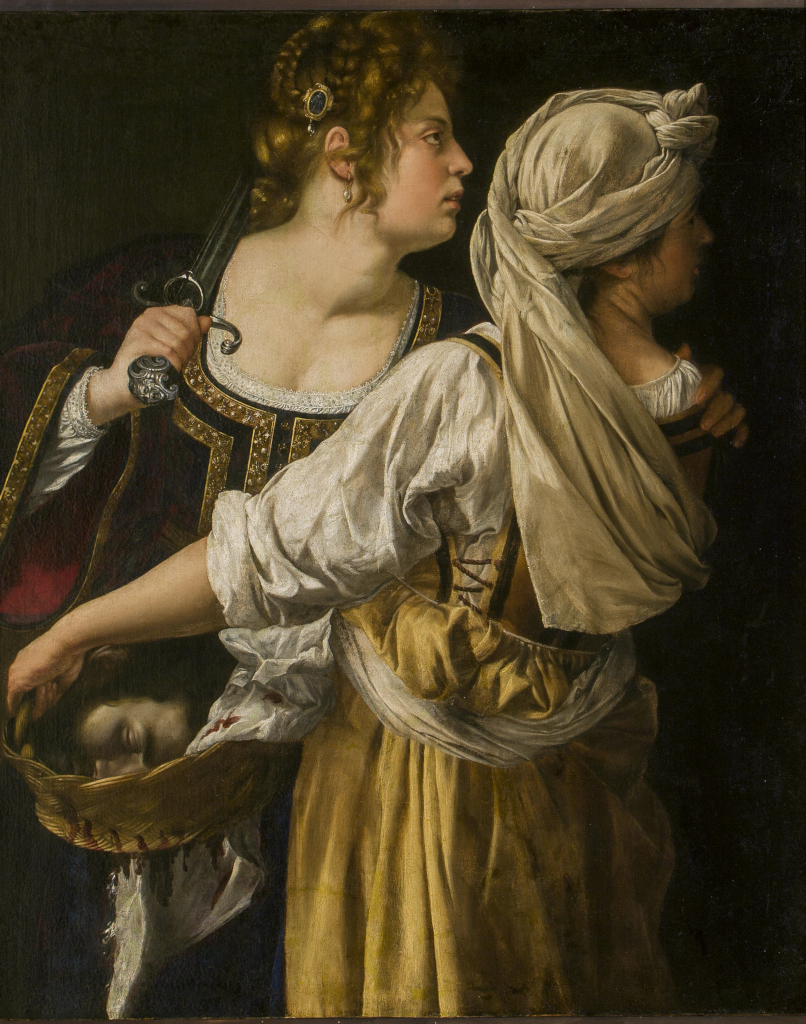The year 2020 will definitely go down in history as one with an accumulation of ‘interesting’ events that make it possible to question the current status quo. This is taking place both in the field of general feeling of security in Western countries and in the field of established political and social orders. There is also a lot going on here, in Poland. The power of women is increasingly being emphasised as the driving force behind many changes. Although many gestures of resistance organised by women’s circles are still difficult to understand or accept, they are, after all, part of well established ways to defend one’s dignity. This resistance is necessary if the limits of our freedom are violated, and its strength should be adequate to the power of the attack.
The F word
Feminism with its struggle for gender equality – economic, political, social and symbolic – is not at all a new invention. The concept itself has recently been strongly demonised and identified only with radical gestures by female activists. These gestures are extremely important for the introduction of change, but they are not the only determinants of this attitude. With this entry, I would like to remind you that the power of women as a subject was already present in biblical and ancient texts. From there, too, as a role model, it was taken over by the art to shape the attitudes of its audience. I made a short and subjective selection of works dealing with this extremely broad subject.
Struggle for dignity
We are unlikely to hear about Timoclea at school. She is mentioned by Plutarch in the biography of Alexander the Great. Timoclea belonged to an aristocratic family in Thebes, and her brother was the commander of the Greek army, who died in battle with the Macedonians. When the enemy’s troops entered her home town, the woman, like all other inhabitants, experienced violence. Soldiers invaded her home and their commander raped her. The woman took revenge on him, regardless of the consequences. She lied that there are family treasures hidden at the bottom of the well in the garden in the house. The commander, driven by greed, wanted to get them out of there. When he leaned over the edge, Timoclea pushed him into the well and covered him with a hail of stones.

Historische Chronica, oder, Beschreibung der fürhnembsten Geschichten…, Frankfurt,
vol. 1, part 2, folio 148
Elisabetta Sirani, painter and founder of the art school for women in Bologna, chose this scene for her painting. As an inspiration she used an engraving made by Matthäus Merian the elder, but modified the details of the composition. Merian places the event in an elegant garden, separated from the city by a high wall. He shows the moment when a soldier’s body falls into the well without encountering any resistance, and the heroine only supports his legs.

A female point of view
Siriani has changed the circumstances of this event slightly. Instead of the deep perspective of the garden, the background is a monochromatic wall located just behind Timoclea’s back. Thanks to this, the scene becomes more monumental, the viewer’s eyesight is focused only on a group of characters. The man on whom the heroine takes revenge is not passive as in Merian’s work. We see him resisting with one hand, with a surprise on his face. The woman has a focused expression, all the weight of her body rests on her right hand, which she pushes against her opponent in the well hole, while supporting the other side of his body to minimize his resistance. In this approach, Timoclea’s strength and determination to achieve the goal is highlighted. There is no coincidence.

Timoclea took care of herself and protected her household. As we learn from the rest of this story, Alexander the Great pardoned her and her children, considering that she did the right thing. Not insignificant was her aristocratic background and respect for her dead brother. Nevertheless, Timoclea acted against what was considered appropriate for women and thus won respect for her dignity.
Acting against the Tyrran
Jael was described in the Book of Judges in the Old Testament (Judges 4: 17-22). Little is known about her, except that she belonged to a nomadic tribe of Kenites and was the wife of a man named Heber. Her people were at peace with the Canaanites, to whom the commander Sisera belonged. The Canaanese ruler maintained despotic power over the Israelites for twenty years. Only Barak’s victory over the troops commanded by Siser and Jaels’ act were to bring them liberation. After losing the battle, Sisera sought refuge among Kenites. Jael was the first to offer him hospitality and her tent, but when he fell asleep, she took a mallet and drove a tent peg through Sisera’s temple.

Artemisia Gentileschi chose this moment as the theme of her painting. In this interpretation, the involuntary intimacy between the curled up body of the sleeping Sisera and the Jael bent over it was brought out. The woman kneeled down right next to him, her large dress is arranged as if a warrior confidently fell asleep on her lap. In fact, in a moment she will pierce his head with a metal stake. The painter plays here with qualities ascribed to the womanhood – care and delicacy. This is enhanced by the surprise of the viewer, who discovers that the heroine does not bend over with tenderness over the sleeping man, but in concentration to deprive him of life.

The dynamics of this relationship were built differently by the Venetian painter Jacopo Amigoni. Sisera with a balding head sleeps tired, resting on his shoulder, and young and tempting Jael leans over him ready to strike. The subject of women’s power has often raised in artists the need to introduce an erotic subtext, as in this case is meant to expose Jael’s charms. Amigoni, however, does not take away her agency – her face expresses the concentration and determination necessary to perform the task.
Jael as an example

In the Renaissance, Jael was seen as an example of a tyrannicide. Her deed allowed the Israelites to shed the burden of bondage, as predicted by the prophetess Deborah. The Israeli commander Barak may have defeated the Canaanese army, but the final victory was made possible by the action of the Jael. It is to be assumed that, as well as sympathy for the oppressed people, her move was guided by rational calculation. The need to ensure the safety of her people. Sisera was sought after by the army, and was therefore a deadly threat to all those giving him shelter. Thus his death ensured the safety of both sides.
Cooperation between women – Judith and Abra
Judith also stood up in defence of her kin. Her fate is popularised mainly through the paintings of Artemisia Gentileschi. Judith was a rich and widely respected widow living in Bethulia. When her city was besieged by Assyrian troops and the chances of their repression diminished, Judith decided to solve the problem according to her own idea.

She went to the enemy camp dressed in expensive robes and ornaments under the pretext of surrendering to the protection of the enemy army. However, she did not go there alone, she was accompanied by her servant Abra who played an important role in what happened. Artemisia depicted the scene of the Holofernes assassination as a joint effort of both women. Looking at the picture for a moment, one can even hesitate which of the heroines is holding the sword. With all the strength of her body, Abra pushes on the lying man, immobilising his hands and repelling the attack at the same time. At the same time, Judith tries to cut off his head with an untrained hand.

The artist also portrayed another episode of this story, which took place shortly after the assassination. Both women had to get out of the military camp, they escaped under the cover of the night, but apparently they heard someone’s steps in the dark. They both turned their heads vigilantly, Judith holding her hand on Abra’s shoulder. This gesture says a lot about their relationship. They are acting together, but Judith feels responsible for her servant, after all it was her decision that put Abra at risk. However, the servant does not look scared, and she holds the basket unaffected by its contents. Both women have made an important contribution to the events of the night and are aware of this.

Wisdom and Youth
Gerrit Pietersz. proposed another reading of the relationship between the lady and her servant. In his painting from Rotterdam, Abra is an older woman, with prudence and wisdom looking towards the viewer. Judith, on the contrary, has the face of a young girl who is just entering adulthood. Emotions have blushed her cheeks, she is running away with her eyes, perhaps still disbelieving in what has just happened. She does not look at Holofernes’ head, which she puts into a bag held by her servant. In the background, the figures of both women are shown as they head towards their hometown, avoiding the soldiers sleeping on guard.
What does the history of Judith and Abra teach us?
The story of Judith’s victory proves the need for cooperation between women. She herself would not have been able to carry out a dangerous plan, only the presence of Abra made this possible. Together they confronted the impossible and defended their fellow countrymen.

The Power of Ancient Women
All the heroines of this entry were valued in history for their struggle for what they thought was right. They did not hesitate to use the means necessary to achieve the goal and showed the power of women. However today, they are far too drastic, but in the ancient or biblical stories they were regularly used by male protagonists.
Visits: 4
You forgot about the woman of thebez who killed Abimelech in the bible in judges 9. He attacked the city and all of the citizens went to a tower and locked themselves in it. As Abimelech approched the door to set it on fire, a woman throws down a piece of a millstone upon his head and literally breaks his skull open. He than calls out to his armourbearor to kill him as an attempt not to die by the hand of a woman,but his plan failed and now we know that a woman killed him!
Thank you! I am not sure whether it is represented in art though… I will look into that!